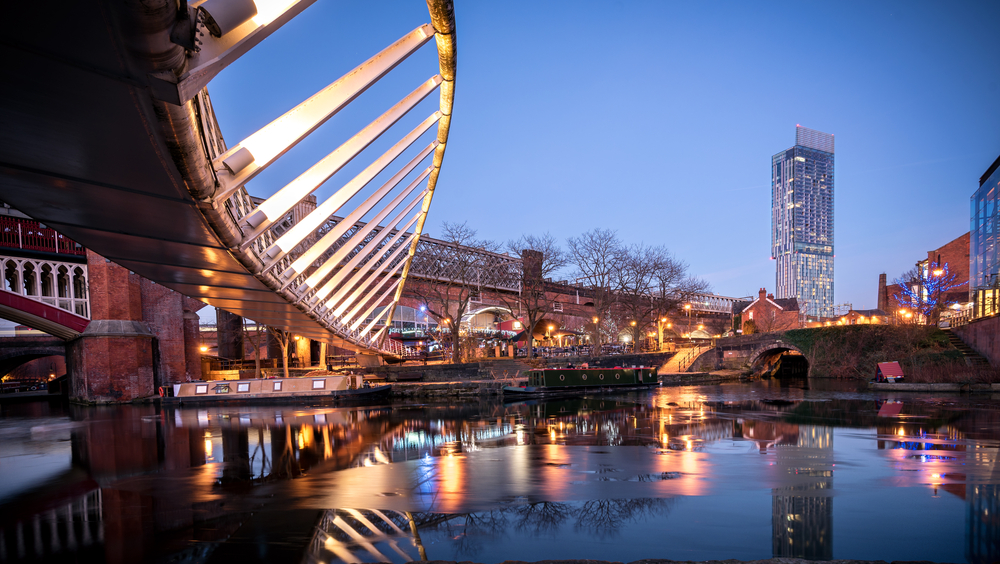Editor's Pick
House price growth has been driven by cities in last year

The ‘race for space’ has eased, as demand for homes in major cities has returned and boosted urban property prices
High demand for homes in cities has been the driving force behind house price inflation this year, according to Halifax.
The lender said property prices in urban centres are growing at a faster rate than their surrounding areas – up by 9.2% compared to 7.2% in surrounding areas.
During the pandemic, property prices were boosted in suburban and rural areas as buyers looked for larger properties with more indoor and outdoor space, “and where homeowners perceived they’d get better value for money,” said Halifax.
At the same time as the so-called ‘race for space’, built-up urban areas became less popular with homebuyers.
However, as people increasingly returned to the office, property prices in cities have been growing faster.
Andrew Asaam, mortgages director, Halifax, said: “As daily life started to get back to normal for many, the opportunity to live in cities became more attractive again, driving up demand. There’s evidence of this in locations across the country, with property price inflation in the majority of cities outstripping increases in their surrounding areas.
“Clearly the economic environment has changed considerably in the last few months, with the likelihood of more significant downward pressure on house prices, as the cost of living squeeze and higher borrowing costs limit demand. The extent to which such trends will continue to shape the housing market is therefore uncertain.”
House price winners
The cities of Liverpool (8.9%) and Manchester (11.5%) have seen much stronger house price growth so far this year, compared to their surrounding areas (7.2% and 6.6% respectively).
In Scotland, both Edinburgh (12.9%) and Glasgow (8.5%) have seen property price inflation increase much more quickly since the turn of the year, compared to their surrounding areas (6.1% and 4.6% respectively).
And inner London boroughs recorded average property price growth of 6.8%, compared to 4.6% in the outer boroughs.
In the North East however, Newcastle (6.4%), Sunderland (5.3%) and Middleborough (-2.2%) are seeing lower growth than their surrounding areas, said Halifax. South Tyneside leads the way for house price growth in the region, up by 14.0% over the last nine months.
In Birmingham, growth in the surrounding areas (9.4%) has been stronger than the city itself (8.6%) this year.